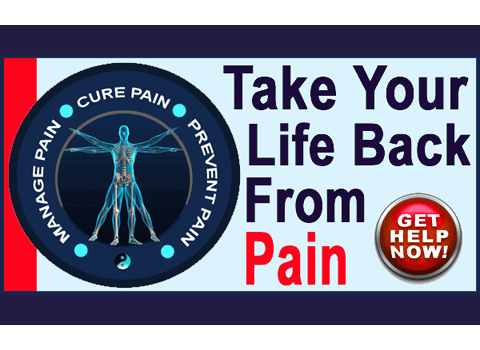
Scoliosis lower back pain is not always present, even with significant lumbar curvatures. Scoliosis is only occasionally painful and usually only in severe cases of atypical side-to-side spinal curvature. However, when scoliosis is symptomatic, it can be one of the more difficult to treat spinal concerns, since surgical treatment is usually only partially successful and is very dangerous.
Scoliosis is no longer considered inherently pathological as it once was. Doctors now know that atypical side-to-side curvatures are usually harmless in mild to moderate expressions and can still be completely asymptomatic even when the degree of unusual curvature is extreme. There are definitive ways in which scoliosis can cause pain, as well as a few theories that are still controversial.
In this fascinating discussion, we will delve into the occurrence of scoliosis in the lumbar spine. We will explore the effects of scoliosis on the body and mind, as well as how it can create pain given particular circumstances. Finally, we will discuss the various approaches to scoliosis treatment when pain becomes a real problem for the patient.
Scoliosis Lower Back Pain Mechanisms
Scoliosis is usually implicated as causing lower back pain through nerve compression. When the spine curves side-to-side, the foraminal openings on the open side of the curvature will most often be reduced in size. When combined with the usual foraminal narrowing created by osteoarthritis and disc desiccation, this can set the stage for a pinched nerve to occur. Additionally, in some patients, the spine is not only curved side-to-side, but is also twisted. This can compound this reduction in foraminal patency, as well as misalign the central vertebral canal, as well.
Scoliosis can also create muscular tension issues or dramatic muscular imbalances. This is because some muscles must work very hard to stabilize the abnormally curved spine, inciting tension, while others may grow weak and deficient. Lower back muscle pain is the second leading process implicated as being related to a scoliotic curvature.
Finally, although not a lower back pain symptom necessarily, extreme scoliosis can contribute to crowding or compression of internal organs and other vital tissues, once again typically on the open side of the curvature.
Scoliosis Mindbody Effects
Scoliosis is most commonly found in adolescent form. This variety develops during the rapid growth stage demonstrated by children as they near young adulthood. There are other types of scoliosis, including congenital, juvenile and adult developed classifications. Each different variety will likely create unique effects in terms of progression and prognosis, but all will have similar consequences on the psychology of the patient. Instead of focusing this section on the physical effects of scoliosis, we will instead detail the psychoemotional effects, since these consequences are far more universal than pain in the worldwide population of scoliosis patients:
Most people with scoliosis will feel like something is wrong with their spine. This attitude can be fostered or negated by the nature of medical care provided. Patients who are reassured and made to feel confident when they are first diagnosed statistically suffer far less pain and related physical consequences than patients who endure poor body image, worry, anxiety and diminished self-esteem as a result of their diagnosis. This is a powerful statistic and one that is rarely considered at more than a surface level by diagnosticians. This callous attitude must change.
Patients who use a brace are even more susceptible to mindbody effects of their condition and every effort should be made to introduce the use of therapeutic bracing without the nocebo effect so commonly imparted to younger patients.
Curing Scoliosis Lower Back Pain
When scoliosis is truly responsible for causing pain, which as noted above is not common, it is very difficult to treat in a curative manner. Most patients will undergo symptomatic care that might increase functionality and reduce pain, most often with collateral health risks associated with pharmacological product application. Physical therapy, massage, acupuncture and other non-pharmaceutical methods of symptom reduction should be implemented as the preferred path of therapy whenever possible to mitigate these risks.
Curative methods of care are all surgical and usually involve very dramatic interventions using multilevel spondylodesis surgery. These large spinal fusions are the most dangerous of all surgical techniques and often fare the worst in outcomes offered. However, when scoliosis progresses to threaten life or basic physical functionality, or simply creates massive pain, there really is no other option. Fortunately, some patients are successfully treated and can live much better, relatively speaking, after even the most invasive fusion operation.
[contentblock id=2 img=adsense.png]
Lower Back Pain > Lumbar Back Pain > Scoliosis Lower Back Pain





